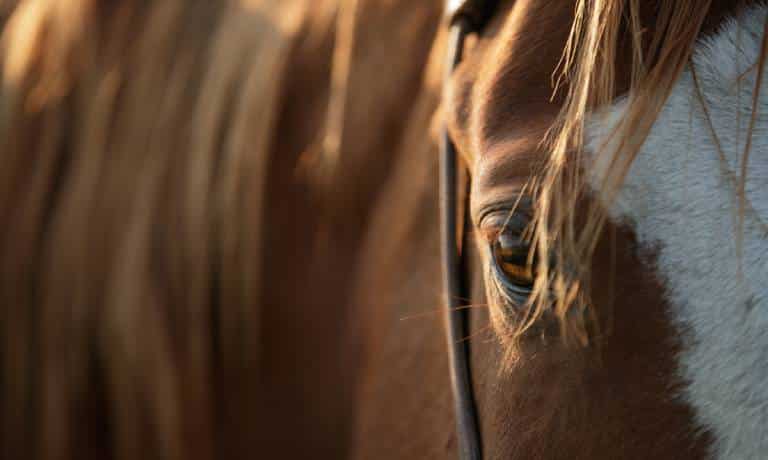
Roping is a cherished tradition in Western horsemanship and a skill many enthusiasts aspire to learn. Whether you’re aiming for competitive events or working cattle, understanding how to train your horse for roping can be rewarding and challenging. But how long does it take to train a horse to rope? Let’s explore this and offer some beginner roper tips along the way.
Understanding the Basics of Roping
Roping involves several distinct styles, each requiring different skills. Riders typically pair heading and heeling together, where one rider ropes the steer’s head and the other targets its heels. Tie-down roping involves securing a calf, while breakaway roping is a timed event where the rider stops quickly after throwing the rope. Each style demands coordination, precision, and teamwork between horse and rider.
The horse must be agile, responsive, and calm under pressure. Riders need to perfect their timing, aim, and ability to communicate effectively with their horse. These skills take time to develop and depend heavily on both the horse’s attributes and the rider’s dedication.
Factors Affecting Training Time
Several factors influence how quickly you can train your horse to rope. The horse’s age, breed, and temperament all play roles. Younger horses might learn faster if they are open to new experiences, while older horses might require more time due to established habits.
Previous training and experiences also impact training duration. A horse familiar with basic commands and groundwork may transition more smoothly into roping activities. Meanwhile, the rider’s dedication and consistency in training directly affect the outcome. Regular practice and a structured routine enhance learning and reinforce positive behaviors.
The Training Process
Training a horse to rope involves several key steps. Groundwork lays the foundation, building trust and ensuring the horse responds to commands. It’s essential to approach this gradually, allowing the horse to acclimate to the roping environment and equipment.
Slowly introduce your horse to roping tools and techniques. This introduction might start with getting the horse comfortable with ropes, then progressing to live practice with cattle. Patience is crucial, as rushing the process can create anxiety or resistance in the horse.
Tips for Efficient Training
Setting realistic goals and being patient are vital for successful training. It’s important to recognize that progress can be slow and varied. Proper nutrition and care support your horse’s physical health and energy levels during training. Providing your horse with a balanced diet and regular veterinary check-ups ensures they’re in peak condition for learning new skills.
Training a horse to rope effectively takes time, patience, and commitment. Each horse is unique, and the process varies depending on numerous factors. Approach training with consistency and patience. By doing so, you’ll enjoy the process and foster a strong partnership with your horse.





